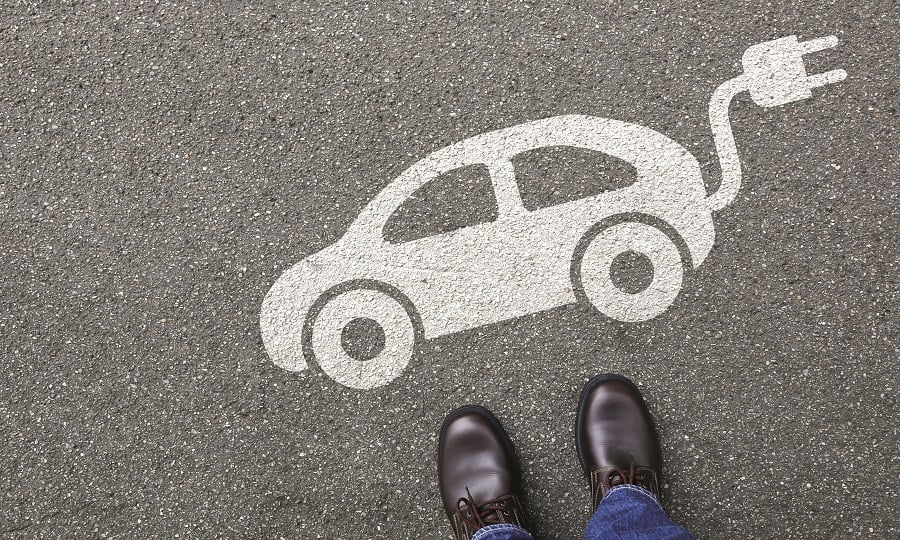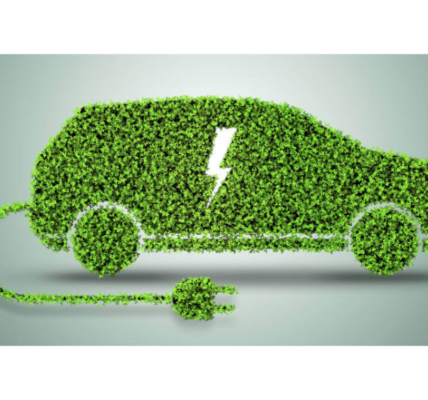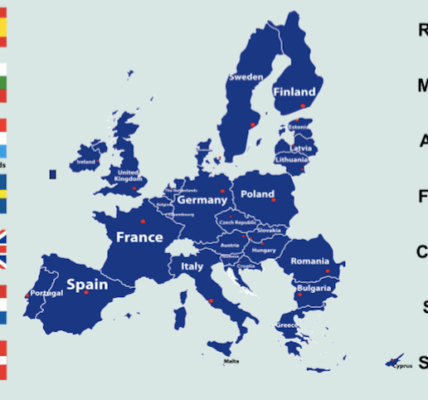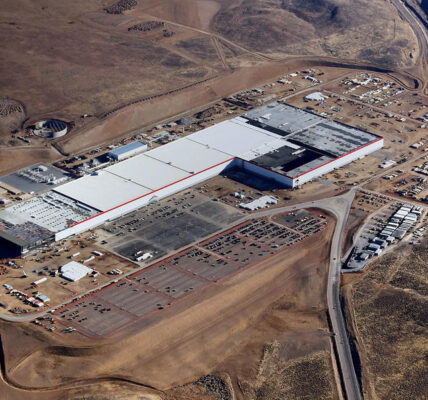It’s was easy to sell electric cars to relatively wealthy early adopters in Western Europe who couldn’t wait to be seen in their new, fashionable wheels and were happy to overlook some of the disadvantages. But if the mass market is to be conquered, prices must dive and worries about range anxiety have to be addressed.
Failure to address this new market could have existential consequences for European manufacturers.
Electric car sales in Western Europe slowed in 2022 and will stagnate in 2023 at around 1.5 million and a market share of 14.5%. That’s down to economic weakness and supply chain hiccups rather than any weakening in underlying demand. Sales will resume a powerful surge taking sales to 2.7 million in 2025 (20.0% share) and on to 9.2 million (65.0%) in 2030, according to Schmidt Automotive Research (SAR). That means buyers on average earnings must be able to afford an electric car, and the technology must meet their needs.
Hideously high prices haven’t troubled those who’ve embraced the electric car revolution so far. Most of them charge from home so were spared the hypertension-inducing task of finding a public charger that worked, that didn’t sit at the end of a long queue, and accepted one of the maybe 10 possible payment downloads required for long journeys into strange territory.
Europe’s industry appears unprepared for the transition from a niche for the wealthy to mainstream transport for all. Each new electric car launch seems to offer more power and range with bigger batteries, as carmakers seek to achieve the impossible – an electric car as capable as an internal combustion engine (ICE) powered one. Electric cars are at their best as urban runabouts for commuting, shopping and school runs, but are hopeless if you plan a journey which requires frequent public recharging. The inevitable result of seeking to mirror the capabilities of ICE cars is higher prices and bigger batteries which undermine the point of the whole venture – the reduction of carbon dioxide (CO2).
At the same time, Chinese manufacturers are gearing up for a big assault on Western Europe. The Chinese are taking aim at the middle to expensive part of the market. No sign yet of it taking aim at the mass market, but when they do, they will threaten the very heart of the European auto industry.
SAIC of China-owned MG has been a big success with its compact SUVs. The recently launched MG4, which starts at about €28,000 after tax ($29,000), undercuts similar European products by about €10,000. Other new entrants from China are moving upmarket to threaten the likes of Mercedes, Audi, BMW and Porsche. That assault looks less than sensible because the premium sector requires iron-clad brand power. Excellence allied to anonymous brands isn’t enough
The only seriously affordable electric vehicle in Europe is the Dacia Spring, where prices start at about €12,400 after tax in France ($12,800), but that’s after a government subsidy of around €6,000. Dacia is a subsidiary of Renault and the Spring is made in China.
Are European manufacturers endangering their future by seeming to neglect the mass market?
Tejas Dessai, analyst at asset manager Global X, doesn’t think so. But leading manufacturers need to tread carefully.
“Because premium vehicles have a higher price tag, better margins, and lower production volumes which allow for lower overhead, we expect large carmakers to focus on the higher end of EVs during the next few years. Currently, large automakers need to show evidence of success within their EV programs in order to gain the market’s confidence to bet the farm on electric vehicles,” Dessai said in an email exchange.
“Premium EVs allow for the safest way to display market validation and the bulk of the technology can re-used for lower-end models. Profits earned from premium segment sales are necessary to fund large-scale production build-outs needed for mass-market models,” New York City-based Dessai said.
Green lobby group Transport & Environment (T&E) reckons European manufacturer insouciance is jeopardizing the future of the industry and the millions of jobs that go with it.
Brussels-based T&E said Chinese manufacturers will win 5% of the European market for battery electric vehicles in 2022 and between 9 and 18% by 2025. Without action including government mandates, foreign companies will capture most of the mass market when it arrives.
“European carmakers have slammed the brakes on their electric car offering at a time when Chinese and Americans are rapidly bringing new models to the market. If Europe wants to maintain the competitiveness of its car industry, the EU must introduce a strong industrial policy of its own to match the Chinese and America’s muscular support for EVs. The continent’s climate and jobs are at stake,” said T&E director Julia Poliscanova in a report.
According to the European Automobile Manufacturers Association, 13 million Europeans work in the auto industry, directly and indirectly, accounting for 7% of all European Union (EU) jobs.
Global X’s Dessai said manufacturers need time to absorb all the lessons learned from about 5 years of intensive change.
“We’re currently seeing critical bottlenecks in commodity mining, battery technology, and software readiness – all of which need to stabilize,” Dessai said.
The momentum to persuade, some would say force, electrification on to the public, is certainly being confronted by some inconvenient roadblocks. The price of batteries, once headed for the ground-braking $100 per kWh, has been reversed and doesn’t look like reversing any time soon. The current energy crisis, raising the price of domestic electricity, isn’t doing the electric car market any favors.
Renault CEO Luca de Meo doesn’t see imminent price parity between electric cars and combustion engine models.
“I do not see this parity getting close,” he told reporters at the Paris Car Show, although he didn’t add a timeline.
Not everybody agrees.
“We think we’ll get there (price parity assumed to be $100 per kWh) around 2025, where there’ll be enough technology that’s driving down cost on battery,” Volvo Cars’ CEO Jim Rowan told Automotive News Europe at the launch of its new electric flagship SUV the EX90.
“Technology will drive range up. Less batteries, but more range, at less cost — we’ll get there,” he was quoted as saying.
But that is a minority view, as many of the price components need to make a battery, like cobalt, lithium-ion, manganese and copper tug the price upwards. There’s some queasiness about the mining conditions for workers in some third-world countries, and an acknowledgement that electric cars are far from CO2-free when you include the production process and recycling. There’s a growing awareness that politicians and green supporters are forcing an unproven new technology on to the public. Critics say to prematurely ditch ICE-based hybrid technology would be wasteful of a long-proven technology, when it could in fact provide a cheaper and more effective route to slashing CO2.
In China, the government has been reluctant to bet the ranch on one technology or method and embraces the possibility that hybrids, plug-in hybrids and even hydrogen may well have roles to play. China’s biggest-selling electric car, the Hongguang Mini EV made by SAIC-GM-Wuling, also could be popular in Europe. Range is claimed to be around 125 miles, top speed 65 mph. It has no pretensions at long-range, high speed motoring. It is simply a practical utility car, and prices could start in Europe at around $12,000 after taxes if it could be uprated to European safety standards.
Global X’s Dessai is confident that even if European manufacturers delay their transition to the mass market, average earners will be catered for, but the question is, who will be doing the catering.
“As their flagship models see success, we expect most automakers to aggressively invest and enter the mass market and low-priced segments. Some automakers won’t make it, and we forecast some re-shuffling of the order. For example, we may see price-competitive car makers from around the world aggressively competing in the low-end market too if European car makers delay their transition.” Dessai said.
“For example, Tata (of India, owner of Jaguar Land Rover), a top 20 global automaker is seeing some success with its Tiago, which is priced at $11,000. You could see global automakers like Hyundai and Kia from Korea, Nissan, Mazda, Suzuki from Japan and others competing in markets that didn’t make sense before,” Dessai said.
Dessai said some automakers won’t make it, and if Europeans delay much longer, this onslaught will blow a big hole their home market, maybe a mortal one.







